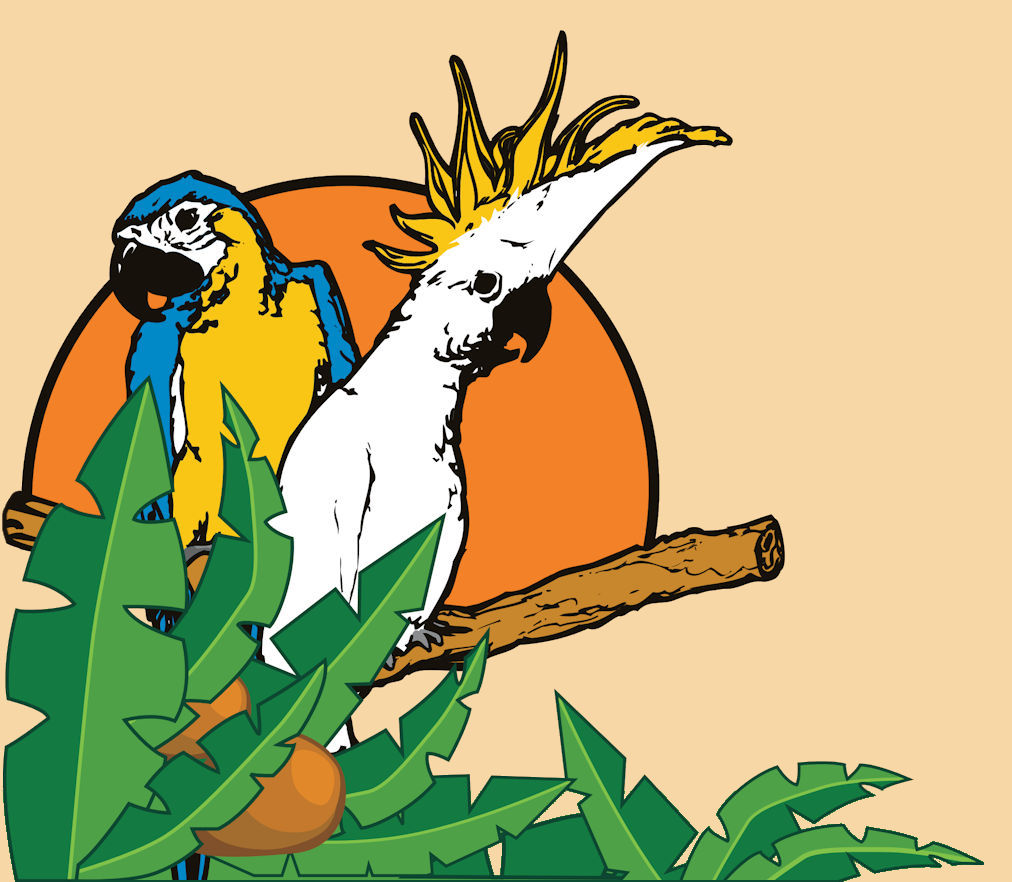Cages have long been viewed as a negative, but necessary part of bird keeping. What a cage may lack in freedom though, can be turned into a great opportunity for a safe and enriching area for your bird.
The cage is an important part of keeping your bird safe while you are away. A fidgety or curious unsupervised parrot on a stand can easily get itself into trouble. Many will make it a point to climb down and explore their surroundings. Others may get scared and jump off with no way to climb back up. Electrical wires, houseplants, and furniture all make for very expensive and very dangerous chew toys.
A cage should have enough space for a bird to stretch the wings out fully and not touch the cage on either side. It should also be tall enough so the tail does not drag on the bottom, and that it can have an upper perch area for sleeping. When purchasing a cage, ask if the bar gauge and bar spacing is appropriate for your parrot. For small birds like finches, parakeets, and cockatiels, ½” spacing is recommended so they cannot either fly out or get their heads stuck. For medium parrots, like senegals, and many conures, ¾” spacing is appropriate and generally offers more strength for the slightly larger beaks. Macaws and cockatoos are best with 1” spacing, allowing them to climb without getting toes or wings pinched in-between the bars.
It is also important to keep in mind for birds that are kept flighted, like canaries and finches, which benefit and get exercise from horizontal flight, small cages and narrow, tall cages are not appropriate. Many antique or wooden bamboo cages may also look pretty, but old or rusted metals can be toxic and wooden cages will be chewed through!
Cages should contain more than one or two perches, preferably natural wood ones. A variety of toys should be placed around the cage in easy to reach locations like above a perch or to the side of the cage next to one.
Cages can be a big investment, so it is important to get the right kind of cage for your bird.
